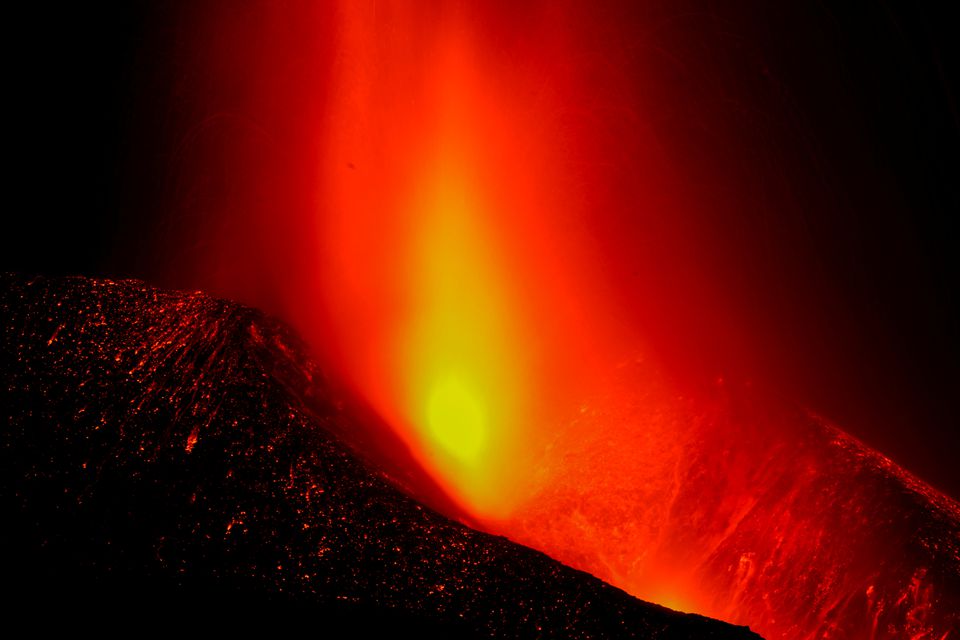The Cumbre Vieja volcano on the Spanish island of La Palma began erupting two weeks ago, destroying more than 800 buildings and displacing 6,000 people. From the first live report of the initial eruption to the key moment when the lava finally flowed and reached the Atlantic Ocean, Reuters journalists were on the ground to deliver fast, live coverage to customers, with more than 1000 channels worldwide using Reuters video footage.
Senior visual journalist Marco Trujillo was live when the first lava hit the sea shortly after midnight on Wednesday September 29, while visual journalist Borja Suarez shot the first close-up video of the lava near the water.
“It’s at night that the lava really comes to life,” Trujillo said. “The red comes through, it’s as if it were a living thing. In three decades, I’ve been working at Reuters covering everything from wars to film festivals. This has been one of the most memorable, and sometimes horrifying, experiences.”
Drone video also played a key role in Reuters offering – providing an elevated, quasi-cinematic view of the disaster unfolding on the ground. Authorities imposed an exclusion zone and only allowed one company that worked with the authorities to film, however co-bureau chief in Madrid, Anna Valderrama, secured exclusive access to the video.
“Trusting your instinct is important,” says Valderrama. “We decided to deploy early right at the start and that put us ahead. It’s easier to stay ahead if you start ahead.”
In addition, some of the stills coverage yielded iconic pictures across the world. The picture below, taken by Jon Nazca of the volcano through a kitchen window, has become one of the viral images of the tragedy.

Media Contact:
Kayley Rogers
kayley.rogers @ tr.com
